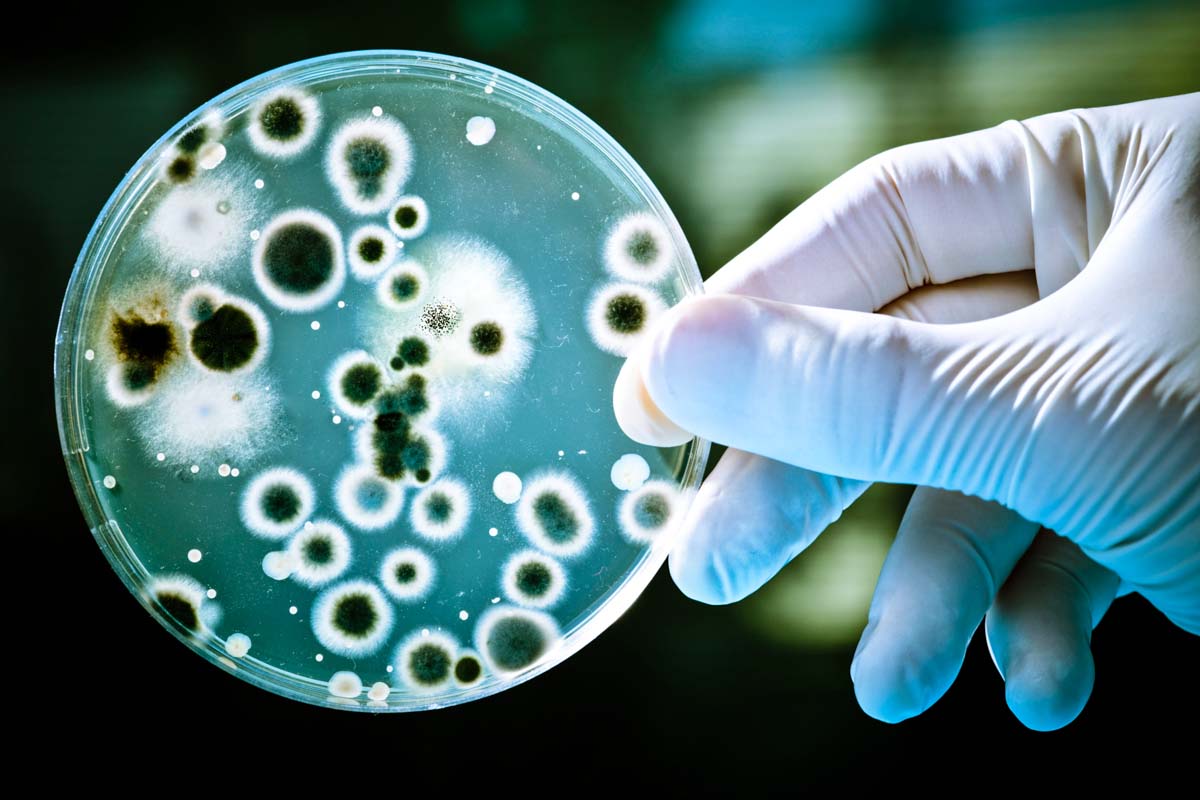BY: The Plaid Zebra
Are we returning to a medieval era where people will drop like flies from ordinary infections, where a child may not be able to survive a rusty nail through the foot or harsh bout of strep throat? This is not an apocalyptic fantasy; The World Health Organization has warned that, in the 21st century, a “post-antibiotic era” may be approaching, where “common infections and minor injuries can kill.” The WHO’s 2014 Global Report on Antimicrobial Resistance makes a clear case that the resistance of common bacteria to one or more antibiotics has reached a disturbing level. Standard treatments no longer work, infections are harder to control, hospital stays are extended, economic costs are increased, and the recent achievements of modern medicine are put in jeopardy.
“Bacteria are really good at becoming resistant to antibiotics. Given enough time, they will find a way. It is basically an arms race between discovery and resistance, and right now resistance is winning the battle,” says Dr. Eric Brown, of McMaster University’s M.G. DeGroote Institute for Infectious Disease Research.
More and more antibiotics are going out of circulation each year due to a lack of effectiveness. There are 17 fewer antibiotics in the pharmaceutical arsenal than there were at the turn of the century. As more strains of bacteria become resistant to larger numbers of antibiotics, our drug choices are becoming more restricted, more expensive, and, in some cases, nonexistent. We are no longer able to reliably and rapidly treat bacterial infections, including gonorrhea, food-born illness, and healthcare-associated infections.

“Giving poultry antibiotics everyday as a way to promote their growth will create a pool of drug-resistant organisms that will ultimately get into humans,” says Brown. “After all, the humans are handling those chickens, and then they are coming into the kitchen as fresh meat that have the resistant microbes on them.”
The superbugs that are bred through industrial farming techniques can easily travel to humans. Whether through insect or human contact, antibiotic-resistant bacteria can get into our water, our soil, and, most obviously, our food. More than 600 people recently fell ill with antibiotic-resistant salmonella after eating chicken from Foster Farms. The European Union prohibits the misuse of growth-promoting antibiotics, so why are North Americans still eating this shit? This practice breeds antibiotic resistance that threatens us all.
Another part of the problem is that doctors are overprescribing antibiotics. Harvard University researchers analyzed the National Ambulatory Medical Care Survey and found that doctors prescribed antibiotics for 60 percent of visits for sore throats and 73 percent of visits for acute bronchitis. The antibiotic prescription rate should be closer to 10 percent—and almost zero for acute bronchitis. The sad part is that these conditions are viral, so patients are putting things in their body that they don’t need and that won’t cure them. Most viral cases can be cured with rest, fluids, and a humidifier. This inappropriate use of antibiotics exposes people to adverse drug reactions, allergies, and superbugs while offering no benefit at all.
It was only about 100 years ago that we started modifying natural antibacterial compounds to make semisynthetic antibiotics and started to gain the upper hand on infectious diseases. But with enthusiasm from the pharmaceutical industry about developing new antibiotics at a low level on their priority list, innovation has started loosing ground to mutations. According to the WHO, there has not been a major antibiotic developed in over 30 years. This is due to a simple business problem.
“Antibiotics are amazing drugs,” says Brown. “You take them for a matter of days and they cure you of an infection. What is far more lucrative, if you are business-minded and in the pharmaceutical sector, is to come up with a drug that people will take for the rest of their lives.”
Pharmaceutical companies have not risen to the occasion of modernization. Although new antibiotics could save lives, they are expensive to produce and cheap to sell—in other words, a bad investment. The worldwide sales of a top-selling diabetes drug developed by Merck, one of the largest pharmaceutical companies in the world, were $4 billion. By comparison, Primaxin, one of the larger antibiotics that Merck produces, only brought in $384 million.
Moneymaking or not, the need for new antibiotics is here. Who will pay for new research and development? This is where the government should step in, but, unfortunately, the Canadian government only spends $15 million a year on antibiotic projects. If there are no incentives for the industry to take on a decade’s worth of research, then pharmaceutical companies will continue to listen to demand and produce drugs that treat erectile dysfunction rather than spend money on new antibiotics.
According to the Centers for Disease Control and Prevention, 23,000 Americans are killed by antibiotic-resistant infections each year. Unless significant actions are taken to improve how we produce, prescribe, and use antibiotics, we will continue to diminish their value and enter an era of world health crisis. If industrial farming requires antibiotics to prevent the spread of disease, then we must redefine how we are choosing to feed the world. We must stop overprescribing antibiotics and fund research to develop new ones. The implications are bigger than those of AIDS; everyone will be infected, from your kindhearted grandfather in chemotherapy to a glossy-eyed newborn with pneumonia.




